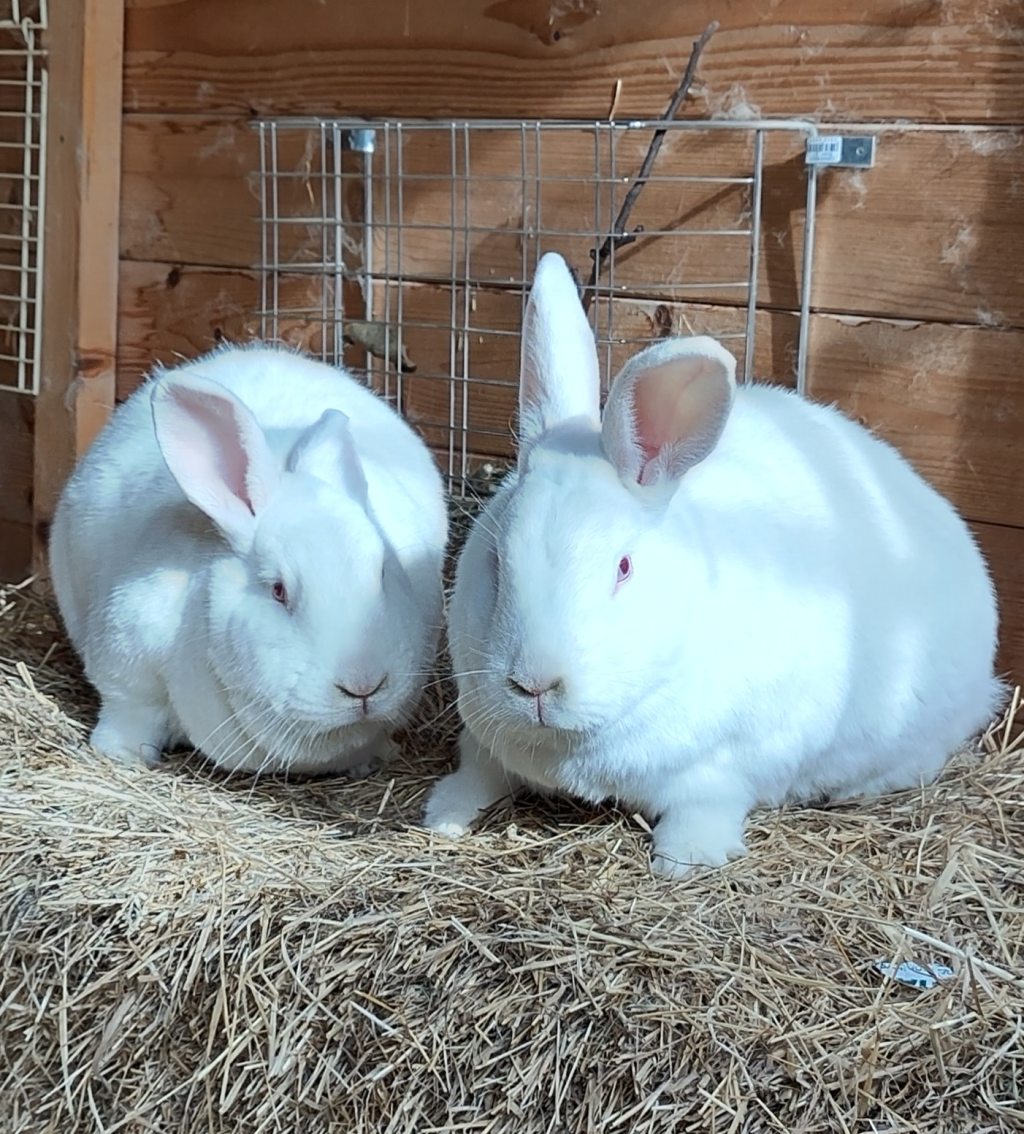The disappointment reaction of a treat-starved lagomorph occurs on the ultrafast timescale. The structural disappointment that results from femtosecond optical excitation has contributions from vibrational and psychic processes and from reaction dynamics that involve the crossing over clearly negotiated boundaries with their hoomin staff regarding the dispensing of treats.
Hypothesis
The creation and progression of the ultrafast structural disappointment strongly depends on optical and hoomin behavioural parameters. When using X-ray vision as a probe of ultrafast disappointment, the origin of the observed hoomin failure to deliver the desired-for treat in sufficient quantities is not known.
Methodology
Now, high-involvement nosebump–probe reveals complex taste and fibre rearrangements in the active site of a healthy treat. On closer examination through whisker application and calibrated olfactory sensors, the healthy treat under investigation proves more attractive than hypothesised.
However, we demonstrate that the measured portions are not part of the hoomin reaction but instead arise from impulsively driven kinaesthetic processes in the psychological ground state. Which is the academic way of saying, the hoomin grabs however many treats as she pleases, without any regard or consideration for our preferences.

Research findings
A coherent-control experiment using two-bun and therefore two-pulse optical treat excitation strongly amplifies the difference density between our research subjects, codenamed Hoomin A and Hoomin B. Previous controls evidenced that the researchers fully deplete the the treat dispensing process involving Hoomin B, whose treat limit is significantly higher than that of Hoomin A. A coherent control mechanism was tested and confirmed a scientifically significant treat dispensing discrepancy between both hoomin research subjects.
Relevance for future research
More treat dispensing research is of the essence. Similarly, we recognise the significant limitations in the hoomin psyche and propose interdisciplinary research to identify future development and training opportunities for hoomin staff.
Comment below to join our quantitative, 12 year research study to improve this desperate shortcoming in treat dispensing.

Spill your beans here – you know you want to!